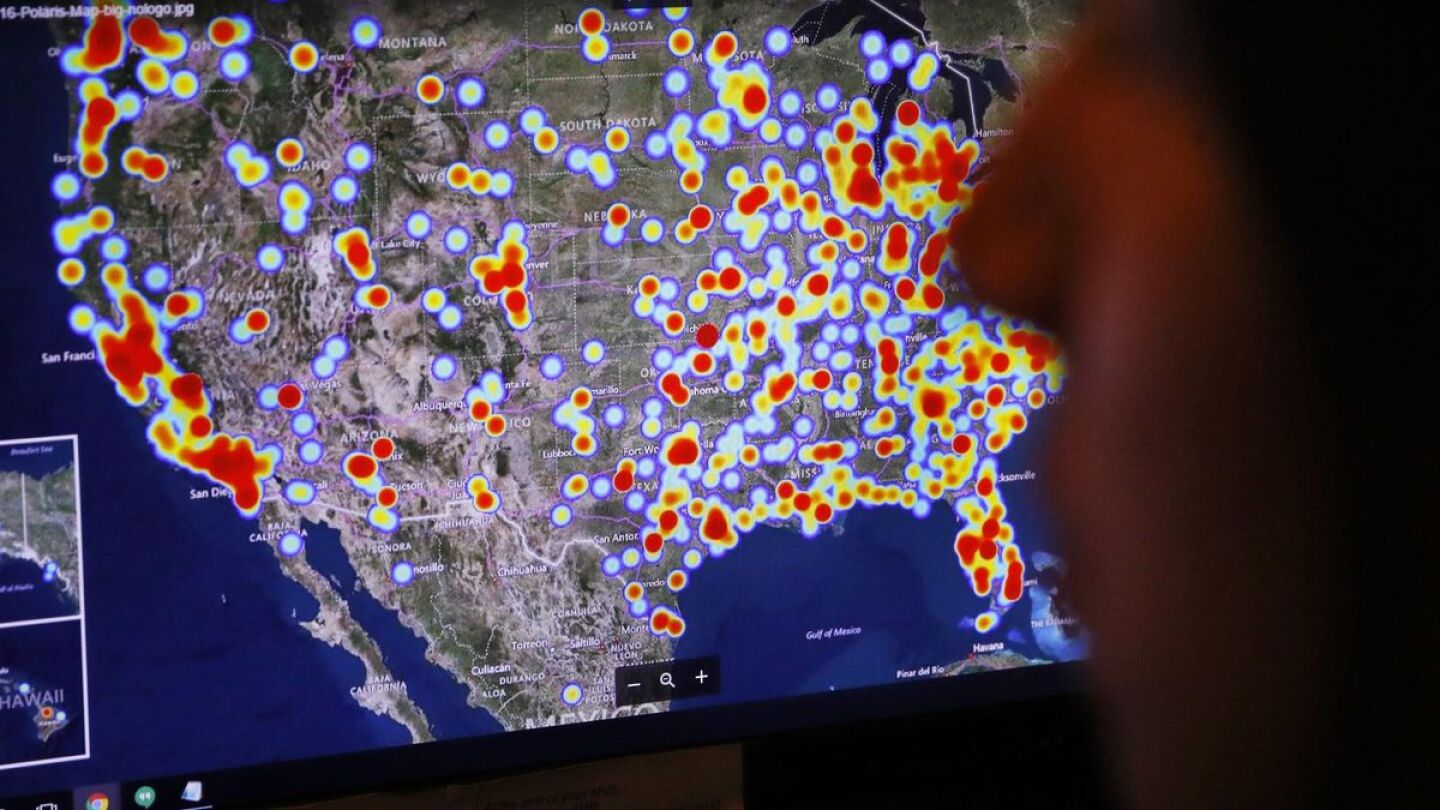EMS Training and Education
Your go-to resource for evidence-based EMS training, continuing education, instructor development and industry innovation. Find expert articles, videos, product reviews and specialized resources to support EMTs, paramedics, medical directors and educators. Stay current on instructor best practices, CEU requirements, virtual training trends, simulation strategies and educational policy affecting prehospital care.
EMS Training and Education Resources
Practical, authentic ways to show gratitude and strengthen community ties with the people who respond first when it matters most
5 tips to quickly find a patient’s radial pulse for vital sign assessment
Educating patients at the highest risk for suffering a fatal overdose
By debunking human trafficking myths, EMS providers can assist the victims they encounter in their own communities
Helping a fall patient back into bed, a chair or onto the ambulance cot should launch risk mitigation in the patient’s home to prevent future falls
EMS clinicians are in a unique position to provide proactive education to patients as the only subset of clinicians that enter their homes
A growing patient population that poses unique challenges and risks to all health care providers
Laura Metro didn’t know CPR when her son almost died by drowning
Responders set up a triage area for casualties; each person is assessed for whether they need medical attention
Teaching EMT and paramedic students with problem-based learning prepares them for how they will be expected to practice in the field
In 2016, Mohawk Ambulance Service introduced a free EMT training course as a way of recruiting new talent into the EMS field
Testing plays an important role in the application and promotion process, but needs to evolve to remain valid and useful
An unconscious patient, with absent or ineffective breathing, may be in sudden cardiac arrest or have overdosed on an opioid; here’s how to assess and treat the patient
The so-called “live tissue training” involved anesthetized goats
Gov. Jerry Brown signed legislation requiring California high schools to teach hands-only CPR training by 2018-2019
The organizations will come together for the World CPR Challenge, which trains bystanders to recognize the signs of sudden cardiac arrest
The program, which could address the shortage of volunteer firefighters and rescue personnel, would likely cost $2 million
This issue features articles on the challenges of and lessons learned from several important innovations
Maximize learning from EMS patient care scenarios with learning objectives, clear briefing and pre-planning equipment
Students can be hired as EMTs and attend the fire academy to get cross-trained as firefighters
His wife was taken to a hospital, where her treatment included the installation of a pacemaker to defibrillate her heart if it arrests again
You are on scene with a patient who was found lying on the sidewalk with an altered level of consciousness; how can you obtain a history for a patient who cannot provide it himself?
You are dispatched to a report of a male found down on the sidewalk in a suburban neighborhood
Emergency response and medical treatment is a sophisticated process that requires rigorous training. Qualified emergency medicine is a relatively recent phenomenon thanks, in part, to the National Registry of EMTs.
Mass gathering coverage plans and preparedness need to include nearby residents, as well as event staff, volunteers and participants
Learn the age-related differences in a pediatric patient’s ECG and the changes to expect on a pediatric 12-lead ECG
Neck pain among EMS providers is common, but it doesn’t have to be; here are exercises and mobility tips to remove neck pain from your life
The incident command structure and coordination with multiple hospitals saved lives
A single-use, non-invasive, needle-less skin closure device
MedStar Mobile Health Care shares their experiences to improve driving safety and reduce repair costs through training, technology and culture change
Students covered in fake blood or wearing fake arms with burns and injuries on them wandered around the college campus
About 50 paramedics are part of the bike division; three members take care of the bikes and equipment






















